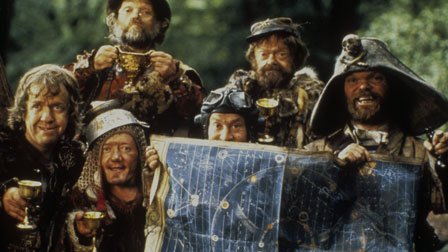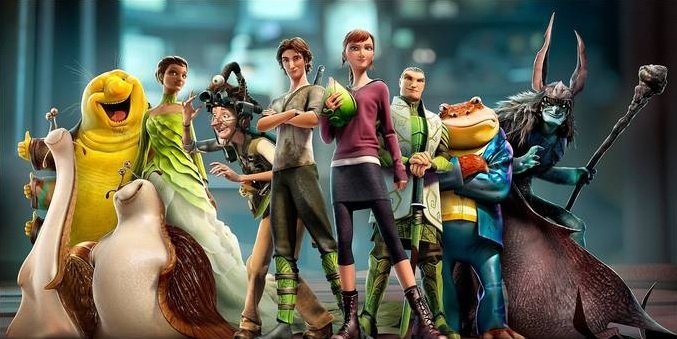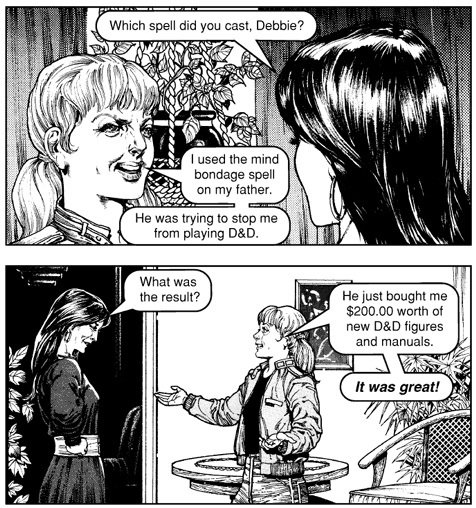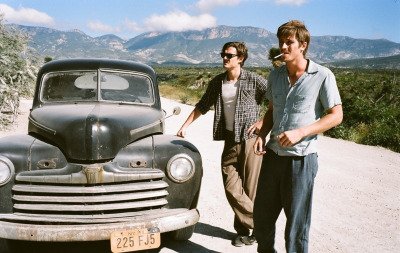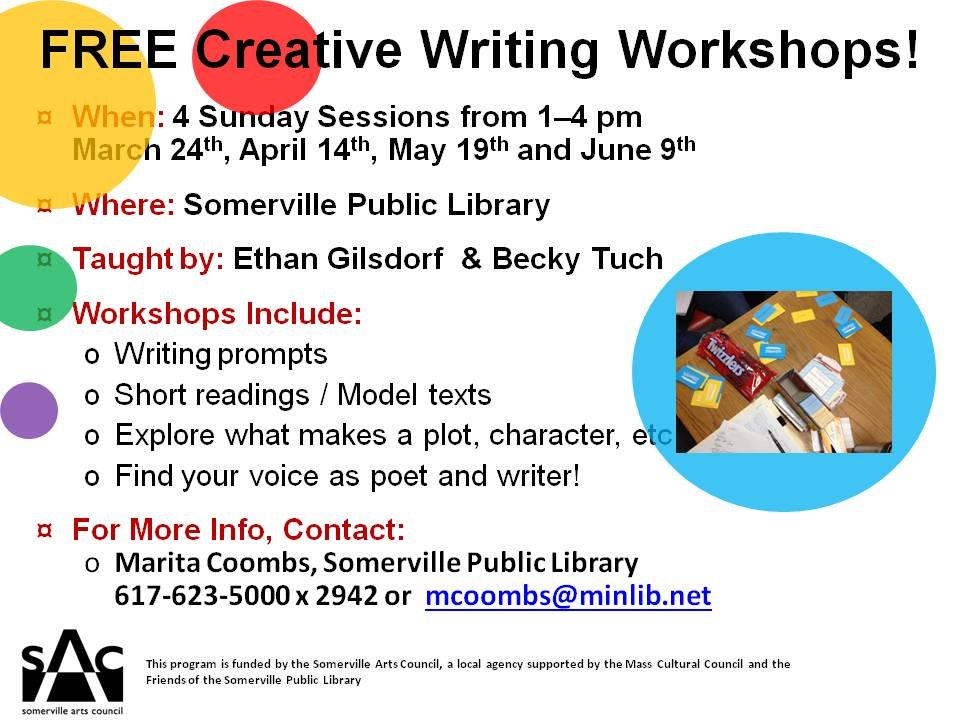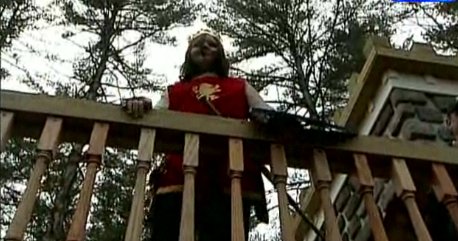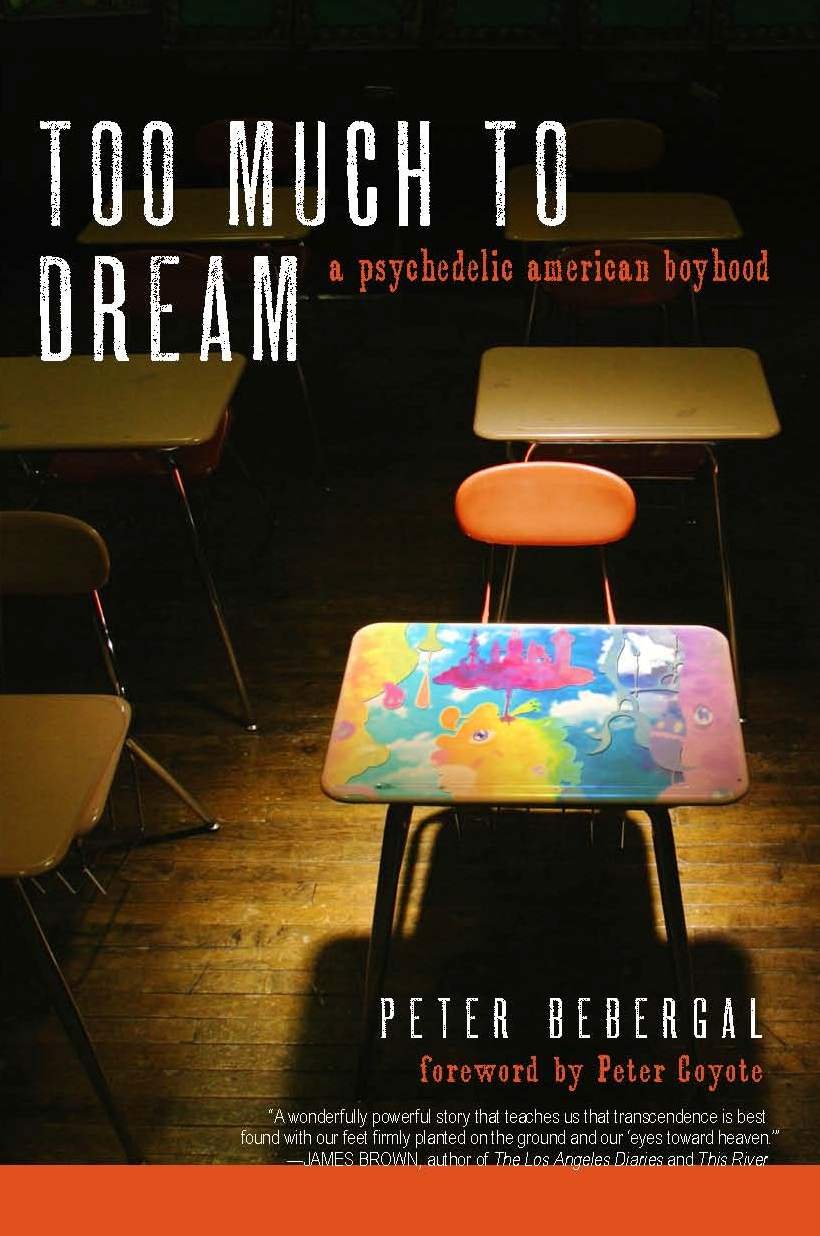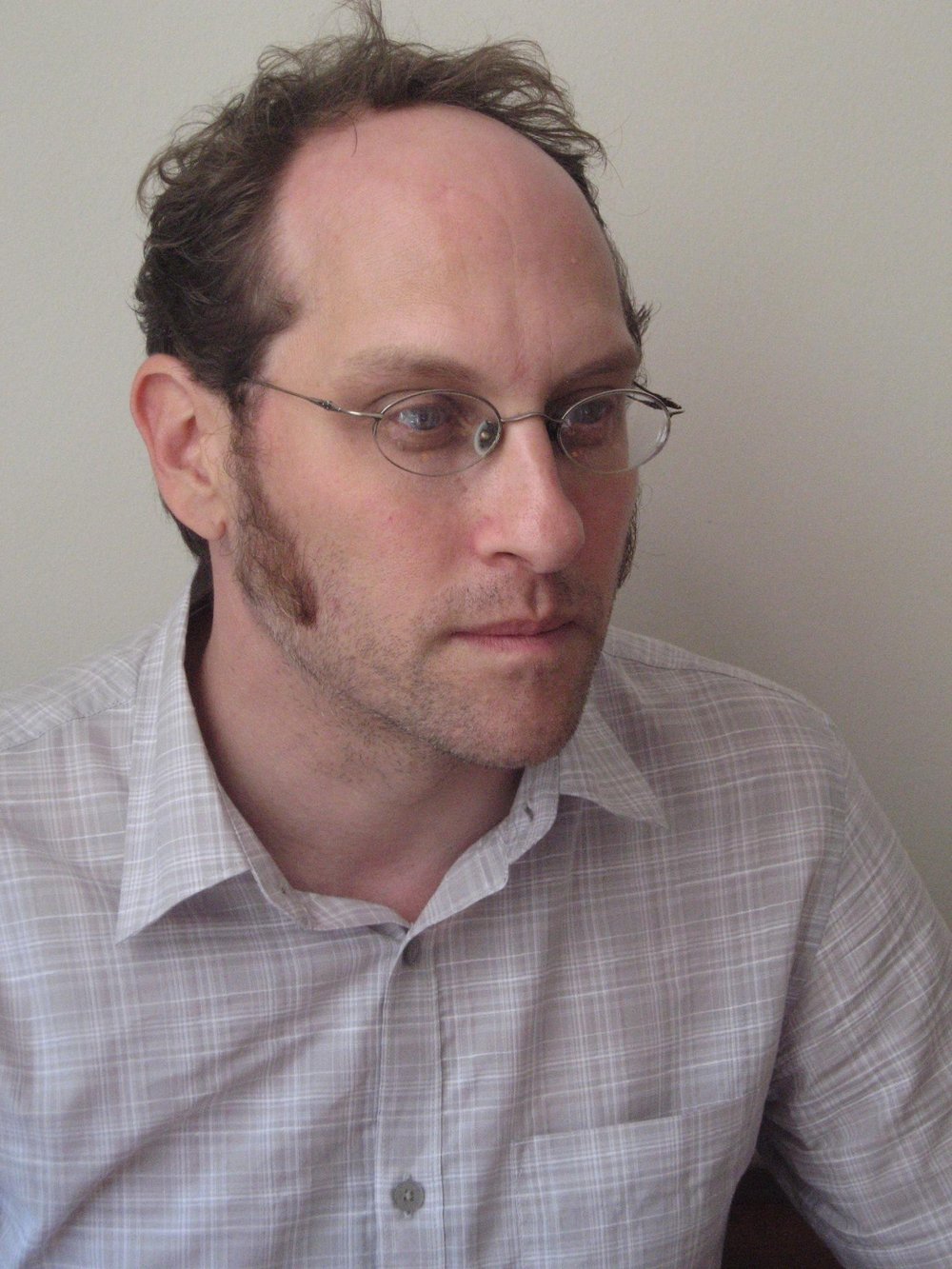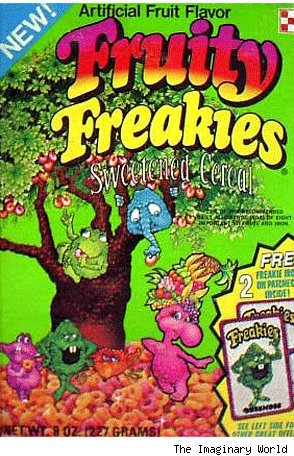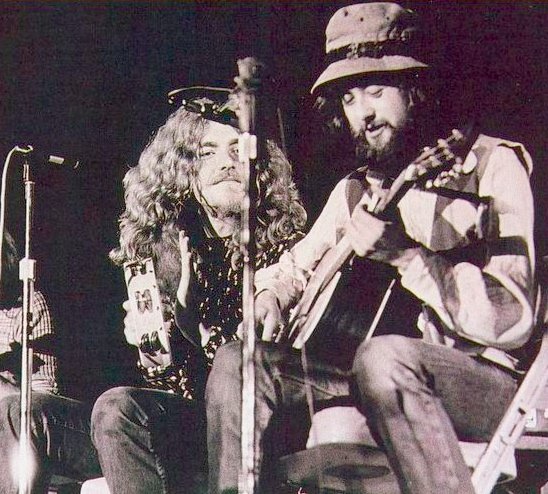After nearly a century of fairy-tale films targeted in large part at kids — starting with Walt Disney’s 1937 Snow White and the Seven Dwarfs — there’s another, edgier treatment on the rise. Last year, moviegoers saw two versions of the Grimm Brothers’ Snow White story in Mirror Mirror with Julia Roberts and Snow White and the Huntsman with Kristen Stewart. Next year, Angelina Jolie will star as Sleeping Beauty’s nemesis in Malificent, and Disney is looking to release a live-action version of Cinderella directed by Kenneth Branagh. We’ve recently seen movies like Hansel & Gretel: Witch Hunters and Jack the Giant Slayer in theaters and Grimm and Once Upon a Time on TV. The list goes on and on. What accounts for this boom in adult-sized fairy tales?
Part of the answer is that the stories and themes of the Grimms and Hans Christian Andersen never really left cineplexes — they’ve just been in better disguises. Working Girl, Pretty Woman, and Maid in Manhattan all borrowed heavily from the rags-to-riches Cinderella story. Snow White, so concerned with beauty and aging and jealousy, can be seen in countless mother/daughter rivalry plots. “We use bits and pieces of fairy tales all the time to fashion new stories, but often in ways so subtle that they escape our attention,” says Maria Tatar, chairwoman of the Program in Folklore & Mythology at Harvard University. Even Quentin Tarantino’s bloody Django Unchained, Tatar points out, draws from theSleeping Beauty tale.
The trend can be partly explained by practical concerns. After years of fantasy-themed bombs in the ’80s and ’90s (remember Legend with Tom Cruise?), the wildly successful Lord of the Rings and Harry Potter movies — which both started appearing in 2001 — convinced Hollywood that audiences were once again willing to suspend disbelief and embrace worlds of wizards and goblins. But with cash cows like The Hobbit by J.R.R. Tolkien already spoken for, studios began looking to mine gold in older stories. (And since fairy tales tend to be in the public domain, they offer a bonus: no pesky author estates with which to negotiate film and toy rights.)
But I also think something deeper is going on. Maybe it’s that these sexier action-packed tales — with epic plots and gloomy themes — are finally returning to their roots.
Once thoroughly dire and dark, fairy tales were re-imagined as entertainment for kids in the 19th century. “They were moved like old furniture from the parlor into the nursery — that’s how Tolkien put it,” Tatar explains. With the arrival of the movies, the yarns became “cartoon versions of what adults once told around the fireside.” Disney, in particular, made a point of leaving out the nastiest stuff — the child abandonment, the cannibalism, the incest. “Today,” Tatar says, “we are back in touch with the darker elements in the tales.”
And yet those terrible stories projected up on the screen can also be comforting, if only because we know their endings in our bones. The land of Real Life, located just outside the darkened theater’s doors, remains a fairly bleak place of taxes, political gridlock, and climate change. A realm of chain mail, swords, and magic spells will always be more enchanting than that.
“Fairy tales give us a burst of melodrama,” Tatar says, “confronting us with worst-case scenarios and reassuring us that there will be a happily ever after.”
In fairy tales, the evil and greedy get true punishment, not just a slap on the wrist from Congress, and the hero always overcomes his or her travails to emerge victorious, albeit a little traumatized, from the experience. With the help of his sister, Hansel managed to escape getting eaten by a witch. Compared with that, doesn’t digging out from under a mountain of credit card debt or dodging a looming foreclosure seem like child’s play?
Ethan Gilsdorf, a frequent contributor to the Globe Magazine, is the author of Fantasy Freaks and Gaming Geeks. Send comments to magazine@globe.com.
